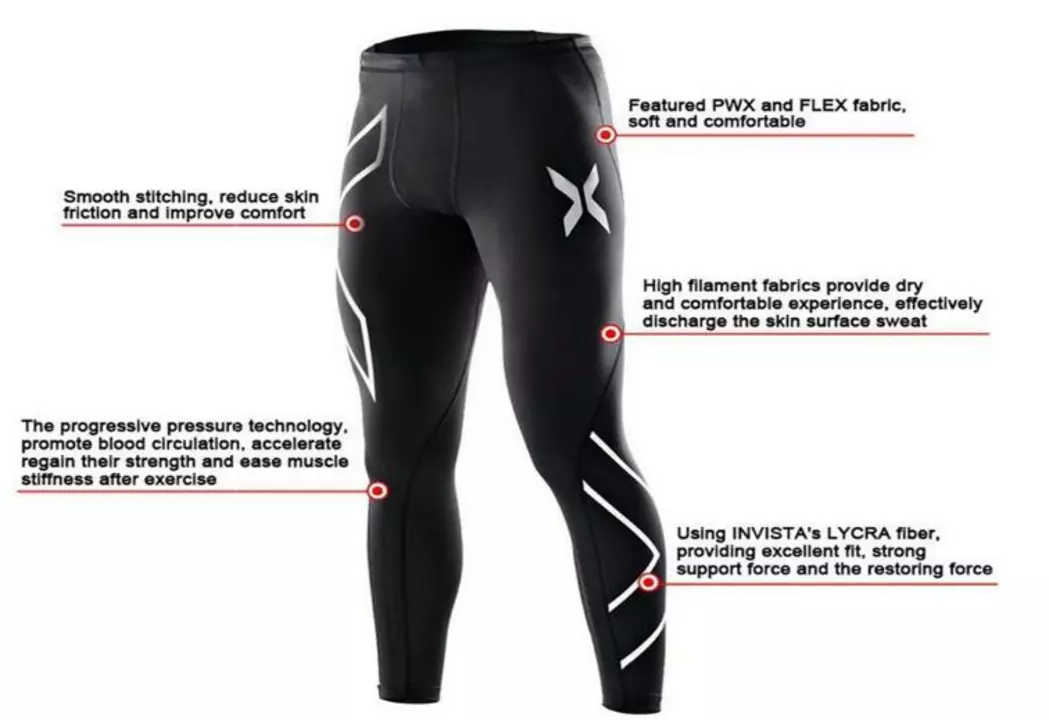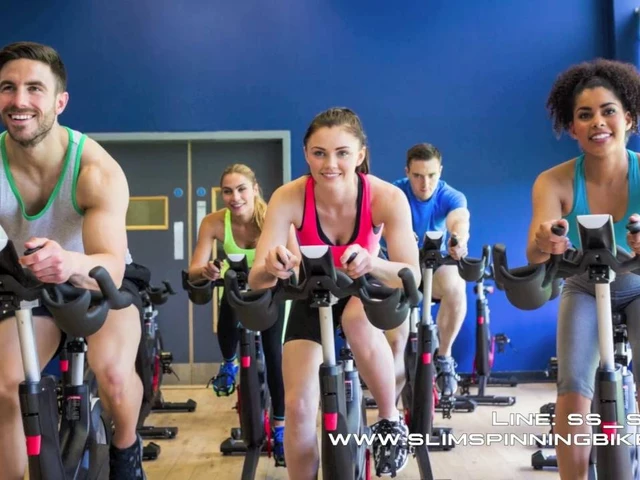Tightness Tips for Runners and Cyclists – How to Stay Loose
Ever feel a knot in your calf after a jog or a sore hip after a bike ride? That’s tightness, and it can turn a good workout into a painful one. The good news is you don’t need a fancy therapist to fix it. Simple moves, smart habits, and a bit of awareness can keep your muscles relaxed and ready for the next ride or run.
What Causes Tightness?
Most tightness comes from three things: not warming up enough, doing the same motion every day, and forgetting to stretch after you finish. When you jog fast, your leg muscles contract hard and may not get a chance to unwind. The same happens on a bike when you sit in the same position for 30 minutes. Over time, those muscles shorten, and you feel it as a pull or ache.
Another hidden cause is poor bike fit or shoe choice. A too‑tight saddle or wrong cycling shoe can force your hips and knees into awkward angles, creating tension in the glutes and quads. Even running shoes that are too stiff can make your calves work harder than they should.
Quick Fixes to Release Tightness
1. Dynamic Warm‑up: Before you run or ride, spend five minutes moving through the motions you’ll do. Leg swings, high knees, and easy pedal spins get blood flowing and prepare muscles for work.
2. Post‑Workout Stretch: After you finish, hold each stretch for 20‑30 seconds. Target calf, hamstring, hip flexor, and lower back. You don’t need a yoga mat – a wall or a bike rack works fine.
3. Foam Roll: Roll the sore spots gently. If you feel a tender spot, pause for a few seconds, then move on. It’s a quick way to break up tight fibers.
4. Hydration and Electrolytes: Dehydrated muscles are more prone to cramping and tightness. Drink water throughout the day and add a pinch of salt or an electrolyte drink if you sweat a lot.
5. Check Your Gear: Make sure your bike saddle is at the right height and angle, and your cycling shoes match your cleats. For runners, replace shoes every 300‑500 miles.
These steps take less than ten minutes a day, but they add up. You’ll notice smoother pedal strokes, longer runs without that nagging calf pull, and fewer surprises on race day.
Long‑Term Habits to Prevent Tightness
Mix up your training. If you jog three days in a row, add a bike ride or a swim on the fourth day. Different movements keep muscles balanced and prevent one group from getting overworked.
Strength work matters too. Simple bodyweight moves like squats, lunges, and planks build supporting muscles that take stress off tight spots. Aim for two short strength sessions each week.
Finally, listen to your body. When a muscle feels tight, don’t push through it. Take a short walk, do a gentle stretch, or pause your training for a day. Ignoring tightness often leads to a bigger injury that sidelines you for weeks.
Stay aware, keep moving, and let your muscles work the way they’re meant to. With these easy tips, tightness won’t hold you back from enjoying every mile on the road or trail.



